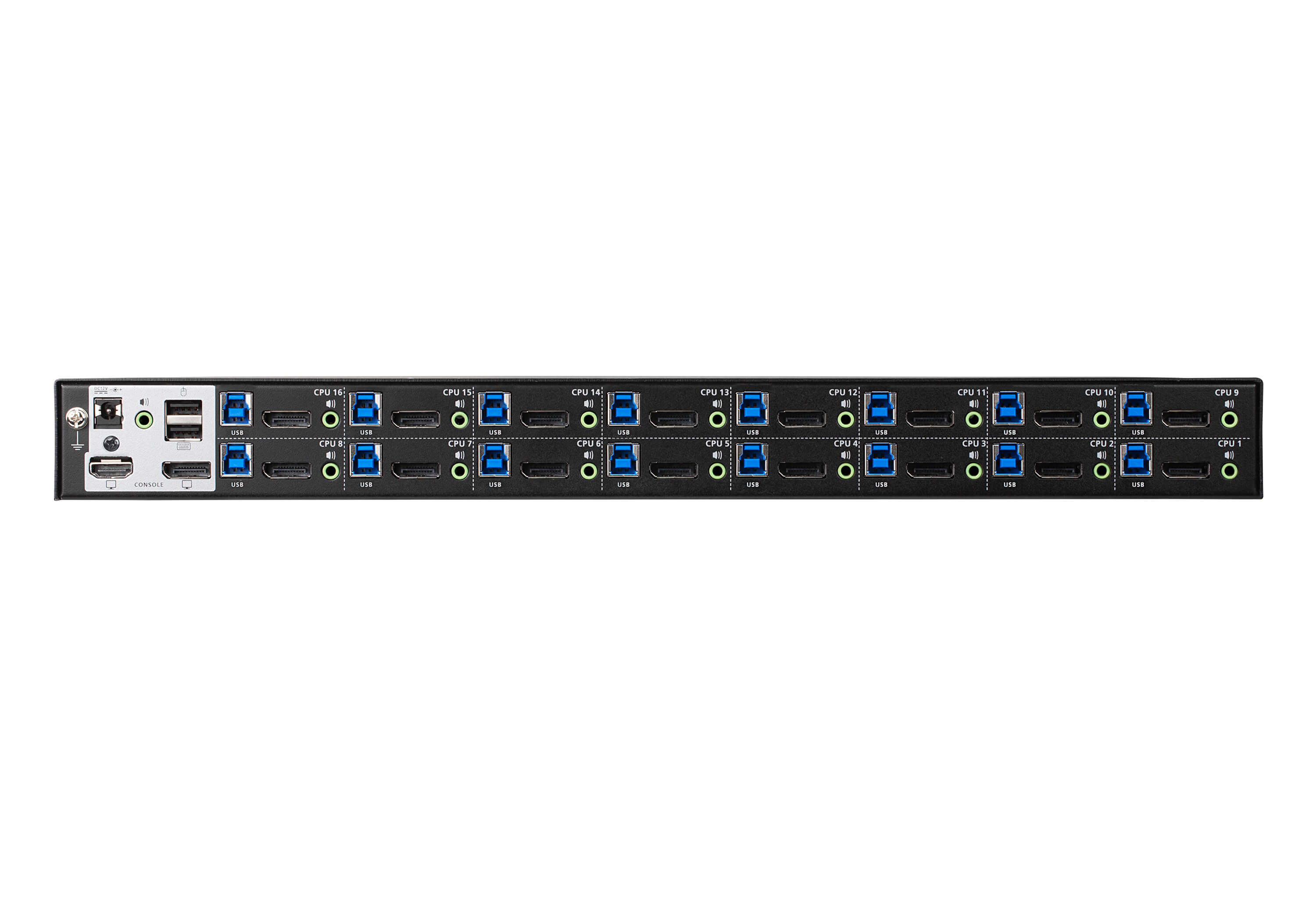
Start up QEMU with the following options: $. This won't install quite like Mac OS 9 did, but instead use Apple System Restore to restore an image onto the hard drive. If you don't have one, you can download one from Mac OS 9 Lives: Mac OS 9.2.2 Universal Install. If you have an ISO of a Mac OS 9 install disc (a Mac OS X classic install disc won't work), then you can use that in the next step. qemu-screamer/qemu-img create -f qcow2 macos92.img 5G In our qemu-screamer directory, we will use qemu-img to create the disk image.
#Kvm emulator for mac for mac os
I made mine 5 GB in size, which is plenty for Mac OS 9. We will need to have a hard drive image for our emulated system. This will create a binary in qemu-screamer/ppc-softmmu/qemu-system-ppc that we can use. configure -target-list="ppc-softmmu" -audio-drv-list="coreaudio" -enable-libusb -enable-kvm -enable-hvf -enable-cocoa In this case I am only compiling the emulator for PPC (32-bit). I have also enabled LibUSB, KVM, HyperVirtualization Framework, and the Cocoa UI. Then configure the source to use MacOS CoreAudio. Start by cloning the fork of QEMU with experimental audio support: $ git clone -b screamer qemu-screamer If you do not have them, then this process may prompt you to install them (MacOS will do that). You may need to install XCode and/or the XCode command line tools. You should be comfortable compiling software from source before attempting.

These instructions work for MacOS High Sierra as the host OS, although with some tweaking they may run under Linux/Windows.
#Kvm emulator for mac how to
Here is a short guide on how to build QEMU to run Mac OS 9 with working audio.


 0 kommentar(er)
0 kommentar(er)
